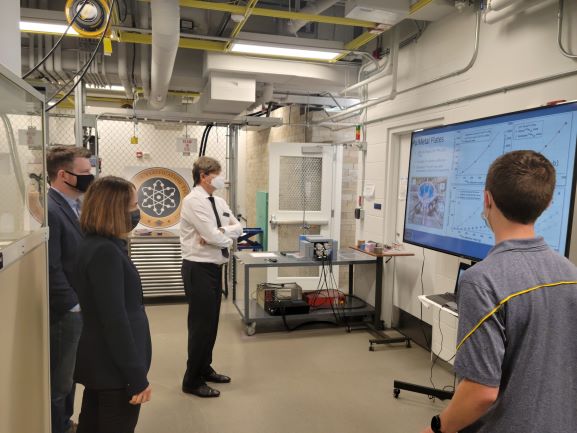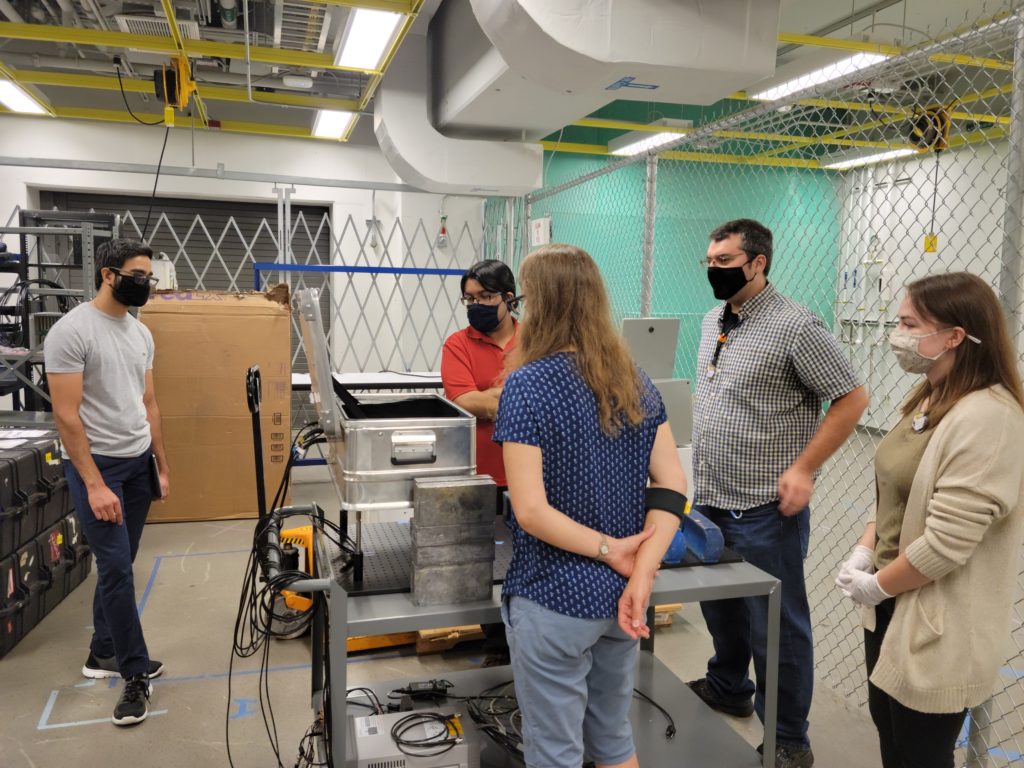Collaborative research yields better results than research done in isolation. For example, collaborating with an industry or national laboratory may get you access to expertise and facilities or equipment that you may not have at your university laboratory. At a recent research group meeting, we had a brainstorming session where we shared the best practices for engaging research scientists, other professors, and students in your research. Here are 5 steps you can take.

5 steps you can take
- Read technical papers in journals in your field. Finding time to read can be difficult, so motivate yourself by setting up a journal club with fellow students to read and discuss relevant literature. This approach will help identify leaders and institutions that are publishing interesting research in your field.
- Talk to your research advisor about academics or other researchers who would make good collaborators. Your professor likely will have existing collaborators and ideas on who to involve, but sometimes will lack the time to make the connections.
- Attend relevant conferences (whether in person or virtual) in your research area and listen to the presentations from researchers you want to engage with. Take the opportunity to meet and network with them. For example, follow up a presentation with a specific question that signals your interest. People generally like it when their work is acknowledged: taking time to read their work will give you an edge over others. Make reference to these works with specific comments and questions that highlight your understanding. Bring business cards to in-person meetings, and use virtual breakout rooms in virtual conferences.
- Make a list of the researchers operating in your field of interest working on similar or complementary research areas. Once you have identified possible research collaborators, discuss your list with your advisor.
- Contact the researchers. When you and your advisor decide to engage with a potential new collaborator, it is time to contact them. If you want your email to be read, be sure to keep correspondence brief and to the point as busy researchers do not have time to read lengthy messages. It helps to copy your advisor on the email.
Taking the first steps with new collaborators can be scary, but remind yourself that your research and ideas are worth sharing. If you are enthusiastic about your work, these steps will help you find the people who share your enthusiasm.
Contact us to share your ideas on initiating research collaborations!

